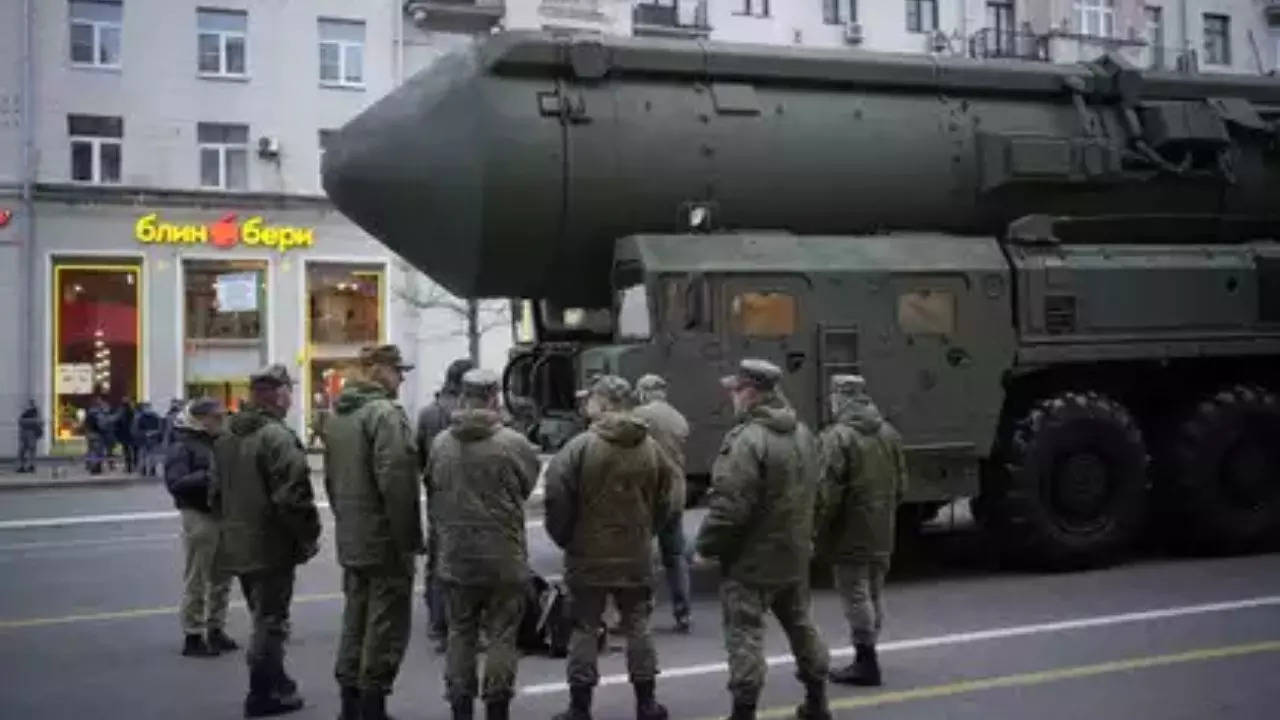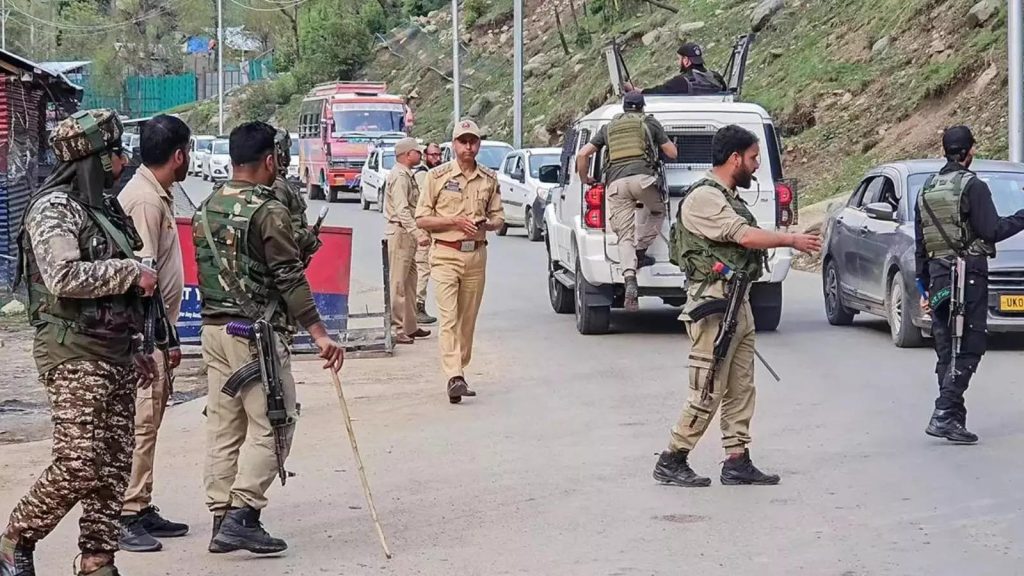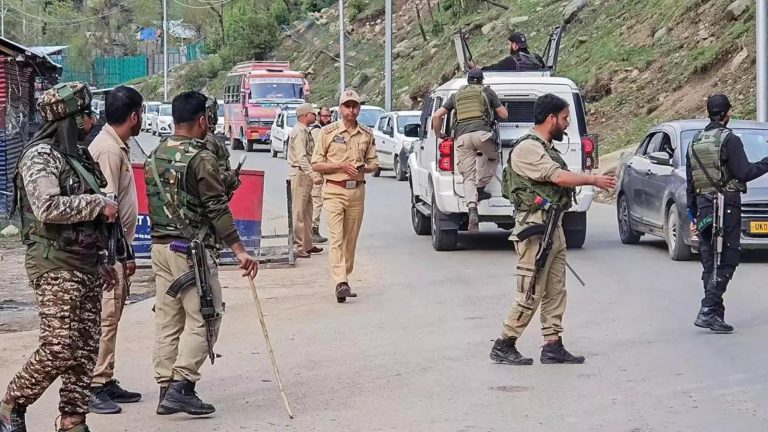After the disintegration of the Soviet Union, Ukraine found itself in possession of a substantial nuclear arsenal. However, facing financial constraints and geopolitical challenges, Ukraine made the decision to give up its nuclear weapons. The Budapest Memorandum of 1994 provided assurances of security, but these guarantees were called into question when Russia seized Crimea and backed separatist movements in Ukraine. The current conflict between Russia and Ukraine underscores the vulnerabilities faced by Ukraine in the absence of nuclear deterrence. The situation serves as a stark reminder of the complex geopolitical dynamics at play in the region. Ukraine’s decision to disarm has left it exposed to external threats, prompting a reassessment of its security strategies. The need for reliable security measures has become increasingly evident in the face of ongoing tensions. As Ukraine navigates these challenges, the international community continues to monitor the situation closely. The repercussions of Ukraine’s nuclear disarmament continue to reverberate, underscoring the delicate balance of power in Eastern Europe. The evolving security landscape in the region underscores the importance of diplomatic efforts to address conflicts and uphold stability.

Posted in
JUST IN
Ukraine’s Nuclear Past and Present: From Disarmament to Vulnerabilities in Russia-Ukraine Conflict
In Trend

“India’s economy contracts by 23.9% in first quarter, worst slump in 24 years”




















